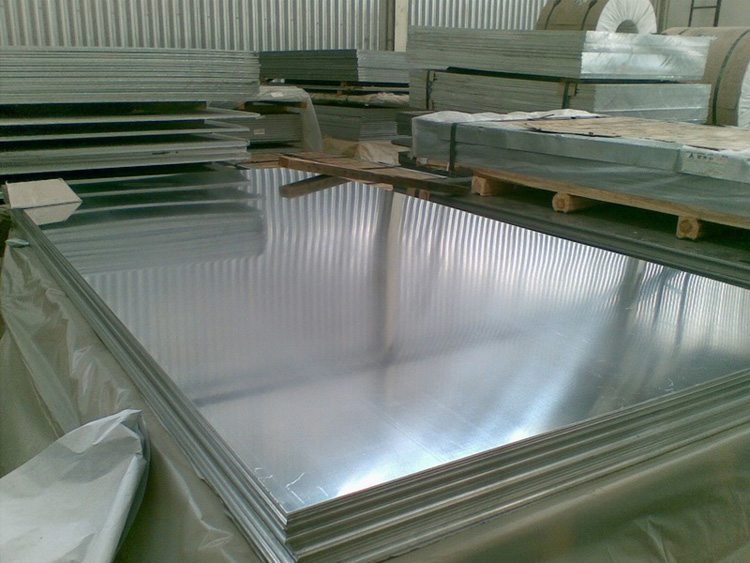Simply, the numbers are different “temper” process on 6061 alloy. –
This explains the different T temper processes….
Once a process is defined, the engineer or quality group should lock down the specific type of aluminum that is best for the application. Company quality groups can identify the material used from the prototype inspection sample warrant and material certification. Engineering can then update the print material designation for the production run.
To understand some of the thinking, you need to understand the differences in the “T” temper designations.

T6 Temper – “Solution Heat-Treated and Artificially Aged”
To get to the -T6 temper, the 6061-O aluminum billet is heated to about 990˚ F, then quenched in water, then aged at about 350˚ F for around 8 hours. That changes the typical yield strength from 8 ksi to about 35 ksi (ksi is a unit of stress, equivalent to 1000 lbf/in2).
Plate T6 is called T651 – “Solution Heat-Treated, Artificially Aged and Permanent Set”
Quenching in water puts residual stresses in the aluminum, since there is a surface-to-center cooling gradient. The -T651 designation means the aluminum mill took that extrusion and gave it a 1% to 3% stretching, or permanent set, to get rid of some of those residual stresses. Now we can machine it and it shouldn’t distort as much. Common specifications are ASTM-B209, and AMS-QQ-A-250/11 for plate.
Extruded T6 is called T6511 – “Solution Heat-Treated, Artificially Aged, Permanent Set and Straighten”
The final digit in the -T6511 designation (and how I know it was an extrusion, since this only applies to extruded stock) means that the aluminum mill is allowed to straighten the extruded bars, like in a press, to get the material to meet the straightness tolerances. Common specifications are ASTM-B221, and AMS-QQ-A-200/8 for rounds.
Cold Finished/Rolled T6 is also called T651 – “Solution Heat-Treated, Artificially Aged, Permanent Set”
Cold Finished, or also called rolled material, is designated as -T651, notice the extra “one” designation is missing. This applies to plate and cold finished rounds. The extra “one” is missing because the process is similar to plate. This material is commonly known as “screw machine stock.” This material has better manufacturing tolerances as compared to extruded. For example, a 1.000” diameter round bar in “close tolerance extruded rod” has a diametrical tolerance of 0.005’’, the “cold finished” is much more consistent, with a tolerance of 0.002’’. Additionally, a comparison of mechanical properties is very similar – both having a 35 ksi yield strength, but extrusion stock is 38 ksi ultimate tensile strength and cold finished is slightly more, at 42 ksi. Common specifications for cold finished / rolled are ASTM-B211, and AMS-QQ-A-225/8 for rounds.
Summary of Metallurgical Differences
Chemically and physically, all of the tempers are basically the same, although the grain structure and additional stresses from straightening may be present (if straightened, and most bars are straightened) in the -T6511
